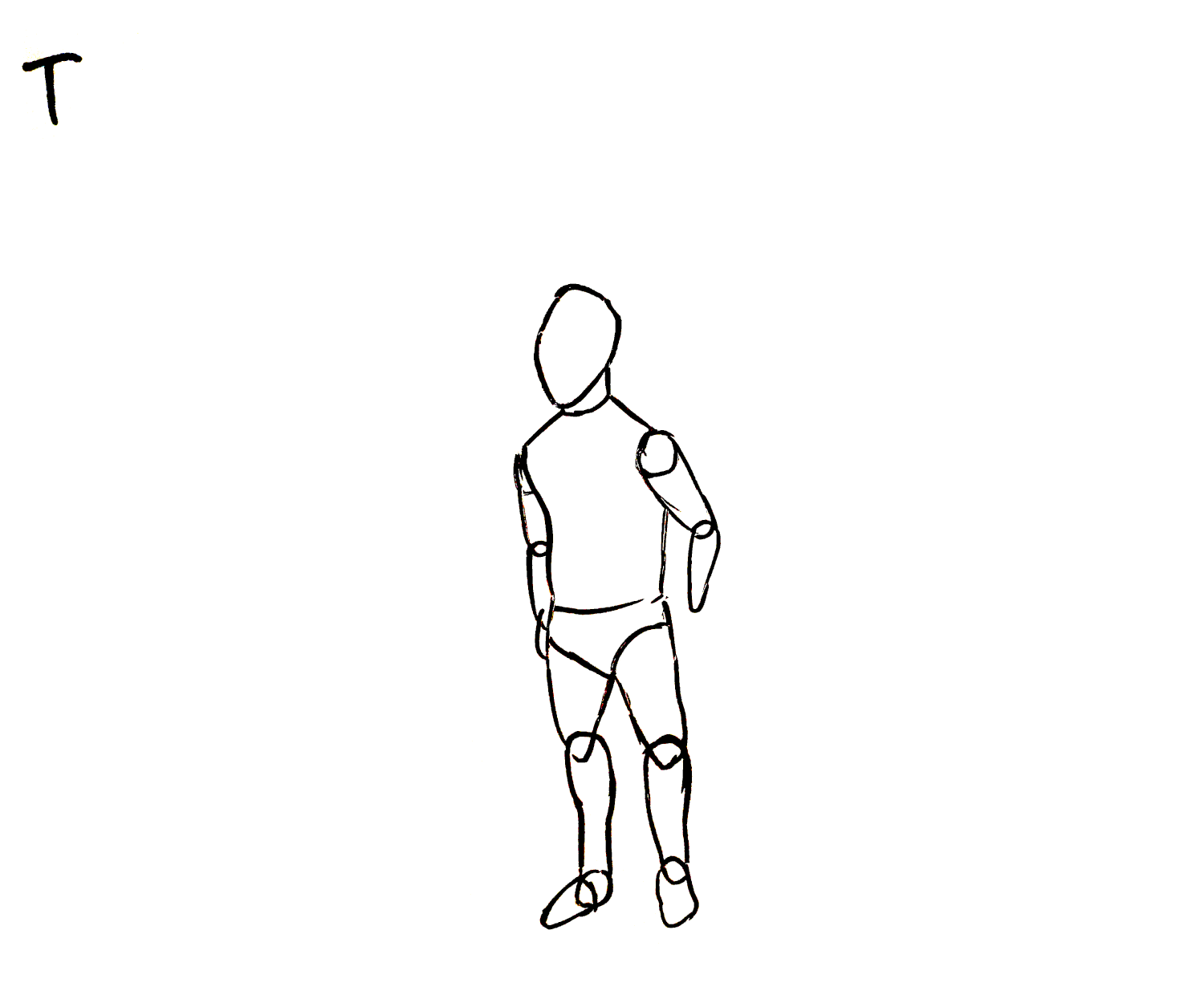The Brand Experience
Do brands produce sensory experiences? Of course they do. In some minds more than others and from some brands more than others.
In my case, Airbnb generates an adventurous spirit. I patronize Airbnb when I’ve spent long hours on a plane and need a long night’s sleep. So the simple combination of a bedroom with a lock and a brand new city is enough to satisfy my brand perception of a vacation rental site.
Now about the long hours I mentioned above -- the entire airline industry gets pretty beat up in consumers’ perceptions. The nature of the service means there are a lot of angry, tired and anxious patrons. But two airlines stand out from the rest, eliciting cultural discovery over anxiety, inspired getaways over leg cramps, and elite comfort over tension.
Alaska Airlines dumped a lot of capital into brand perception. The in-flight experience is no better than any other airline, but the consistency of the visual language of rugged exploration makes me feel like Lewis or Clark, exploring an untamed terminal.
All this to say, brand experience is a sensory one. Let’s take a look at the senses.
The Tactile Sense
The sensory experience of touch gives the term touchpoint a whole new meaning!
Case in point: Sappi — a leading provider of paper — put together an article called Neuroscience of Touch. Now Sappi is in the business of selling a product (paper), which is heavily reliant on touch. The importance of this sense in the overall brand perception is apparent when you consider tactile qualities of our physical world.
Touch is a powerful form of non-verbal communication. It requires no explanation or introduction. Imagine the luxurious feel of a business card for an interior design business. It clearly adds sophistication to its brand perception. Or the tactile quality of a product in the tech sector. A non-verbal touchpoint is arguably just as important.
As stated by Dr. David Eagleman,
In humans touch represents a powerful form of non-verbal communication. Our sense of touch plays a fundamental role in daily life, from learning about objects to communicating with other people.
The Visual Sense
John Howkins, author of The Creative Economy: How People Make Money from Ideas, explains that the creative economy includes:
…aesthetics, branding, business models, networks, culture, education & learning, intellectual property, management, digital/online, policy, pricing, public statistics, software, startups, tax, urban design and work.
Most of these terms originate in a visual medium. So visual is a supremely important part of the brand experience.
This is the most obvious sense in the brand experience. It's usually the first impression of customer perception.
An example of a visual touchpoint is a full logo or alternate mark for social media, visual language like illustrations, icons and photography associated with the brand, fonts, colors and aesthetic of marketing materials, and any other item you see with your vision. The most important takeaway is to make sure each visual element is quickly identified as belonging to your brand.
The Mental Sense
Emotions are harder to quantify but they are just as important to your brand. Brand authority is increasingly important as Google puts more emphasis on thought leadership. How a consumer perceives your brand is the ultimate gauge.
So make sure your customers connect with you at a deeper level.





